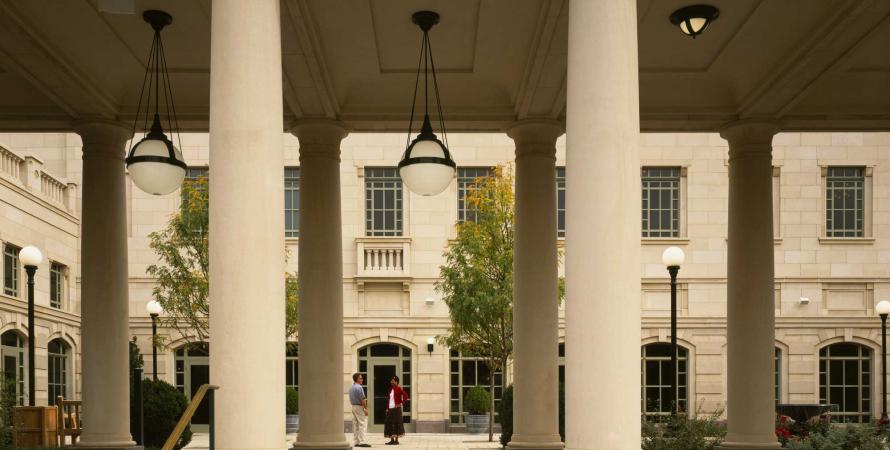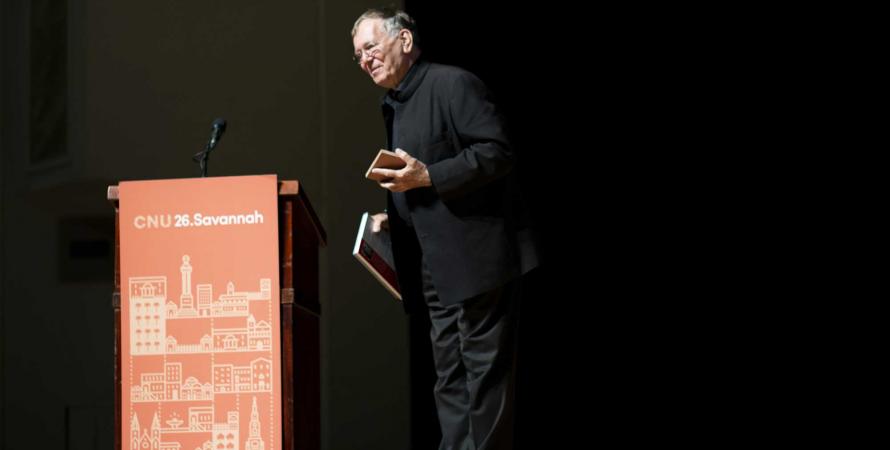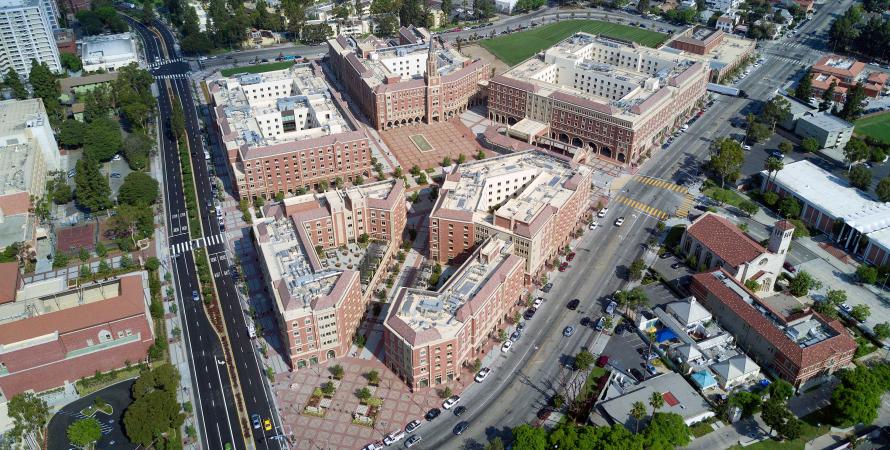-

Avoiding planned isolation: Campus design, part 3
Author’s note: This is the third in a series of ten essays that present innovative techniques for designing and repairing a corporate or university campus. These tools combine New Urbanist principles with Alexandrian design methods. Traditional principles of human-scale urban design and planning...Read more -

Walk over, Beethoven
The survival of live classical music depends on many things, not the least of which is the design and urban planning around concert halls.During any CNU Congress, its impossible to hear all the information provided or meet all the people who attend. Over several months, Public Square is highlighting people and ideas that CNU 26.Savannah attendees may have missed. High culture is supported by walkable cities and human-scale...Read more -

Gehl highlights biggest Congress ever
CNU resurrects the Athena Medal in Savannah to entice the Danish sage of human-scale cities. Next year: New Bourbonism.CNU 26.Savannah reached the highest participation of any Congress of the New Urbanism, dating back to 1993. More than 1,600 attendees visited Georgia's lush port city of squares to beat the pre-recession record, set in Providence in 2006. Among the highlights was Danish architect Jan Gehl, a...Read more -

Town center links USC and South LA
University builds a transformative development in an area that hasn't seen much investment in recent decades.The New York Times calls USC Village, which opened in 2017, "an ambitious test of a public-private partnership hoping to remake a historically underserved neighborhood." The $700 million project designed by Harley Ellis Devereaux creates housing for 2,500 University of Southern California students...Read more